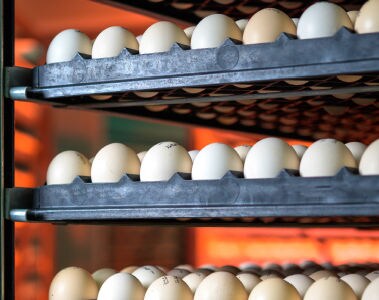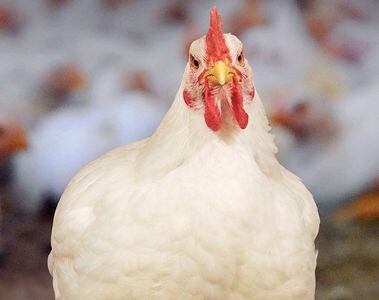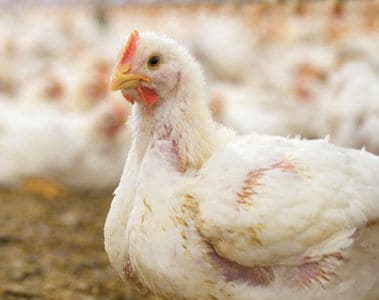The estimated cost of coccidiosis globally is between USD 9.2 and 15.6 billion, or approximately USD 0.2 per chicken (Blake et al., 2020). This estimate is derived not only from the cost of prophylactics and therapeutics, but also the associated performance and mortality loss. Additional losses due to secondary challenges associated with coccidiosis may also increase the overall economic impact. Many protozoa plague the livestock industry but, in poultry, there are seven Eimeria species of the protozoal parasite coccidia that infect different regions in the intestinal tract (Shirley et al., 1986). Regardless of the site of infection, Eimeria have a complex life cycle that includes stages within the bird and environment. Depending on the Eimeria species, site of infection and life cycle stage, certain prevention strategies may be more effective than others (Chapman and Rathinam, 2022).
Evolution of rotation and shuttle programs
For more than 50 years, synthetic chemicals, ionophores and the combination of the two have been available for coccidiosis control; however, no new anticoccidial drugs have been developed for many years (Novak et al., 2019). This makes optimizing the currently available coccidiosis strategies even more critical. Not all synthetic chemicals have known modes of action but, in general, chemicals disrupt Eimeria by altering their metabolism during their intracellular life cycle stages, and ionophores disrupt Eimeria by altering osmotic balance during their extracellular life cycle stages (Chapman and Rathinam, 2022). These two anticoccidial drugs have often been used in combination because of their complimentary modes of action and the additional coverage ionophores have on Gram-positive bacteria. This is advantageous because coccidiosis can predispose birds to clostridial enteritis resulting in high mortality rates and production losses. Thus, using chemicals with ionophores or ionophores alone can provide coverage for both coccidiosis and clostridial enteritis. Although combinations of chemicals and ionophores have been used successfully for several decades to combat coccidiosis, development of resistance has been reported (Glorieux et al., 2022).
Chemical anticoccidials tend to induce resistance more rapidly compared with ionophores because of their mode of action during the intracellular life cycle of Eimeria. However, this resistance may be masked while using chemical and ionophore blends as Eimeria that are resistant to chemical may still have susceptibility to the ionophore making the overall prophylactic use effective. The challenge with ionophores is that they have a very narrow range for safety, can contribute to reduced performance and may impact heat tolerance. Many producers have implemented programs that rotate anticoccidials between flocks (rotation programs) or use different anticoccidials in starter, grower and finisher rations (shuttle programs) to maintain or improve Eimeria drug sensitivity.
Figure 1. Rotation, shuttle, and bio-shuttle program examples used in commercial production*


